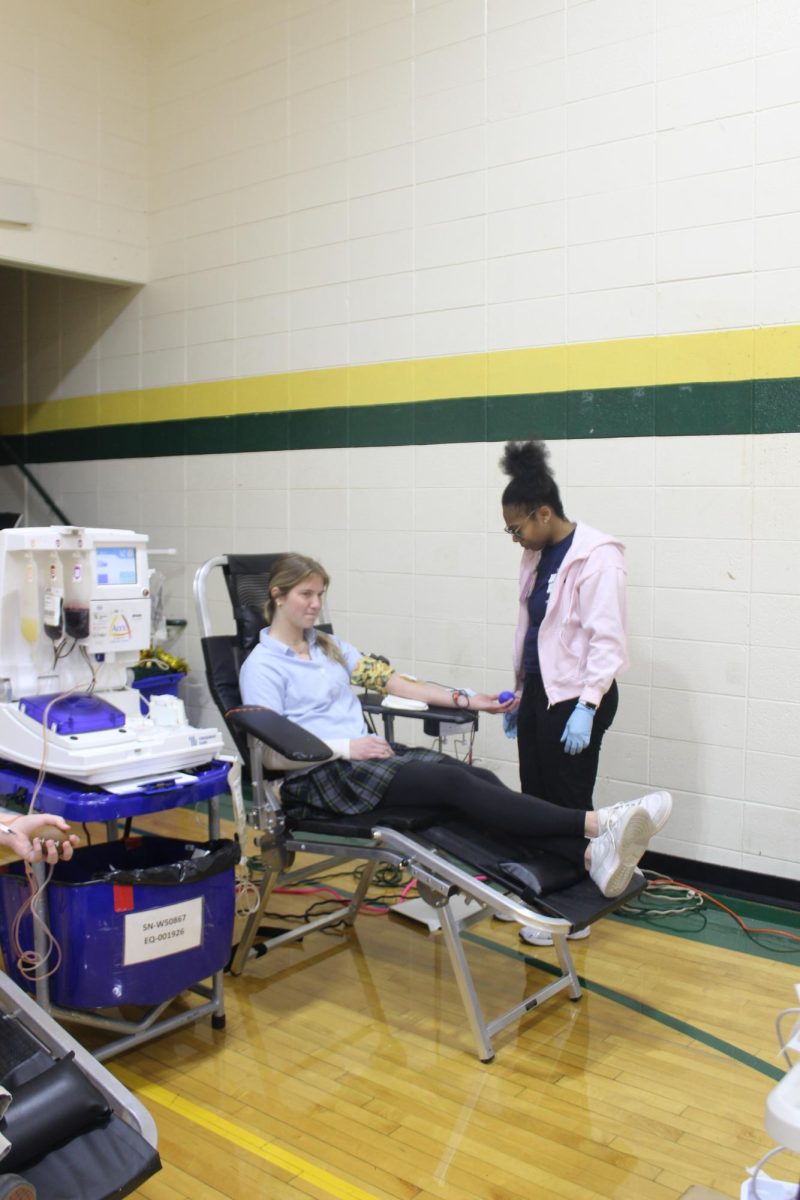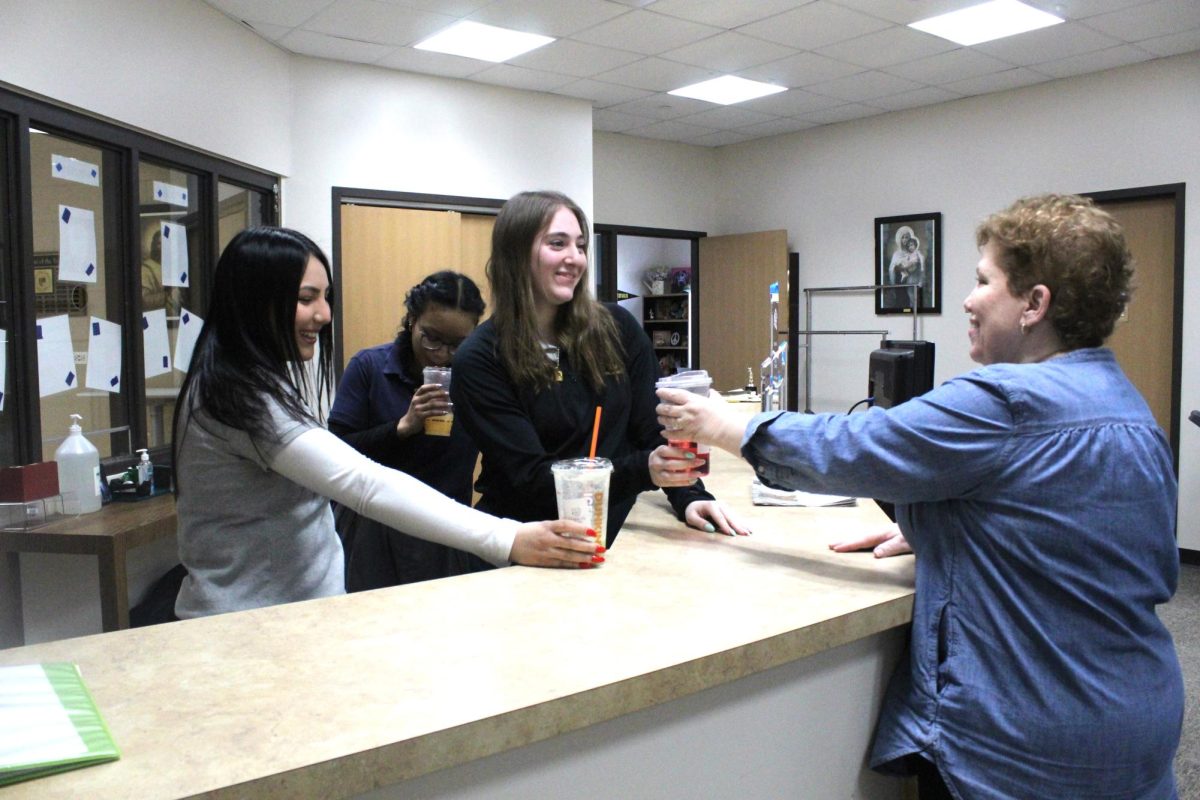Most students at St. Edward have heard about the bi-annual blood drive, whether it be through their friends, National Honor Society members promoting it at lunch, or other sources. When a student hears about it and decides against donating blood, it is sometimes for some foolish reason that doesn’t necessarily add up. Meanwhile, the majority of the students who do participate decide to volunteer because of what they receive in return. While a dress down pass and t-shirt are nice, it is important to keep in mind what exactly happens when someone donates blood.
Some people may be wary of donating their blood because of how it can affect them personally. While this is a valid concern, there really isn’t all that much to be worried about. There are, of course, exceptions for certain people who cannot physically donate blood without experiencing a dangerous effect. Some of these people would include those with those with most types of cancer, people with heart conditions, people who have received an organ transplant, and other people with specific preventions. Regarding the people who have no other medical reason for why they can’t donate, there are very minimal things that could go awry. Most people experience bruising, swelling, pain, or dizziness and some may even faint due to a sudden drop of blood pressure. These things are all short term and will not have a lasting effect on the donor. Furthermore, if there were to be some emergency that occurred unexpectedly, the people running the blood drive are prepared to assist a patient in any situation. Knowing this, there is not much to be concerned about when donating blood.
Now that the possible negative impacts on the donor have been addressed, we can discuss what this donation will mean for the recipient. After being donated, the blood is processed, tested, then distributed to hospitals at any time it is needed. Blood donations can help people in any kind of situation, including trauma care, organ transplants, child birth, cancer treatments, blood disorders, and surgeries. According to the Red Cross Blood Services, “The average red blood cell transfusion is approximately 3 units. A single car accident can require as many as 100 units of blood.” This statistic truly puts things into perspective and shows that it truly takes a lot, and every donation can help to make a difference. Fellow St. Edward student Lucas Buckardt, ’26, has received blood donations that have made a great impact on his life. “Donated blood helps fill in for major losses of blood in an accident or medical accident. Even though the blood I received wasn’t the same type, the new donor blood was able to take over and fix the problem when my immune system shut down. I have also received the same type of blood, which helped me get energy and skin color back.” Knowing that donated blood has directly helped someone in our school community demonstrates how huge of an impact blood drives can have on the life of an individual.
Now that you know how you can be negatively impacted by donating blood in relation to how much it can help someone else, it is important to consider a question: Is your fear of needles really worth depriving another human being of their life?
















